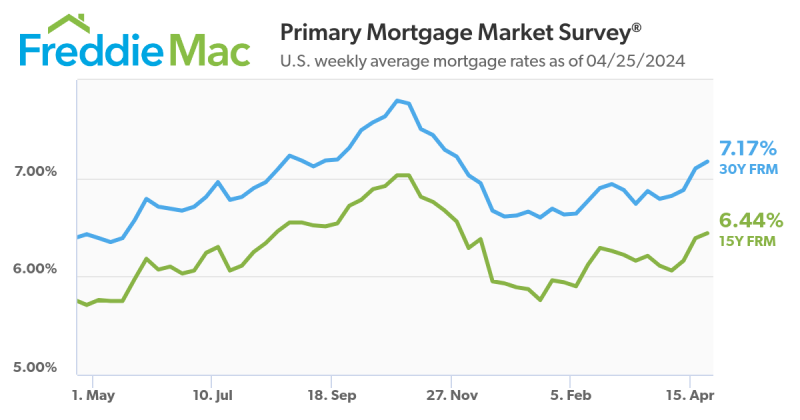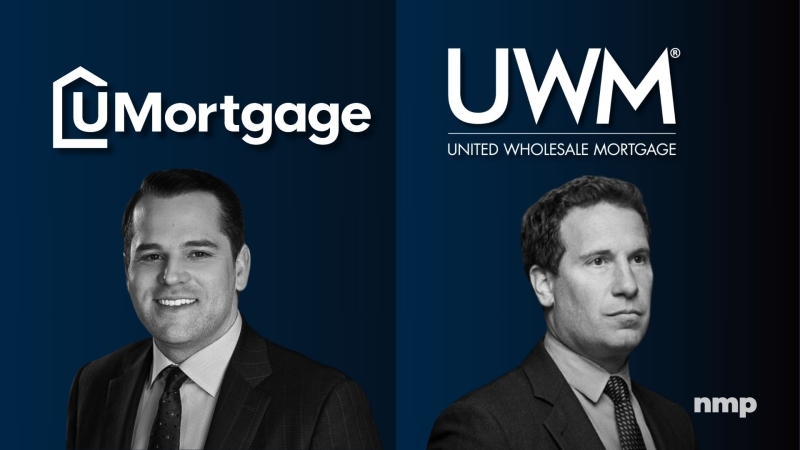Advertisement
SEC Charges Three Thornburg Mortgage Execs With Accounting Fraud

The Securities & Exchange Commission (SEC) has charged the senior-most executives at Thornburg Mortgage Inc. with hiding the company’s deteriorating financial condition at the onset of the financial crisis. The plan backfired and Thornburg lost 90 percent of its value in just two weeks. The SEC charges that Thornburg Mortgage Chief Executive Officer Larry Goldstone, Chief Financial Officer Clarence Simmons, and Chief Accounting Officer Jane Starrett schemed to fraudulently overstate the company’s income by more than $400 million and falsely record a profit rather than an actual loss for the fourth quarter in its 2007 annual report. In actuality, Thornburg was facing a severe liquidity crisis and was unable to make on-time payments for substantial margin calls it received from its lenders in the weeks leading up to the filing of its annual report on Feb. 28, 2008.
On May 1, 2009, TMST Inc., formerly known as Thornburg Mortgage Inc. and its subsidiaries, filed for Chapter 11 bankruptcy protection in U.S. Bankruptcy Court for the District of Maryland.
According to the SEC’s complaint filed in federal court in New Mexico, even though Thornburg was violating lending agreements by failing to make on-time payments, the executives were unwilling to disclose the severity of their liquidity crisis to investors and Thornburg’s auditor. For example, in a Feb. 25 e-mail from Starrett to Goldstone and Simmons, she said, “We have purposefully not told [our auditor] about the margins calls.” Goldstone, Simmons, and Starrett scrambled to satisfy all outstanding margin calls and then timed the filing of the annual report to occur just hours later in order to precede additional margin calls and avoid full disclosure. As Goldstone had earlier stated to Simmons and Starrett in an e-mail, “We don’t want to disclose our current circumstance until it is resolved.” The intention was “to keep the current situation quiet while we deal with it.”
The SEC alleges that the plan by Goldstone, Simmons, and Starrett to never disclose the delayed margin call payments fell through when they were unable to raise cash quickly enough to meet more margin calls received soon after filing the annual report. When Thornburg began to default on this new round of margin calls, it was forced to disclose its problems in 8-K filings with the SEC. By the time the company filed an amended annual report on March 11, its stock price had collapsed by more than 90 percent. Thornburg never fully recovered and filed for bankruptcy in May of 2009.
“The truest test of corporate executives’ commitment to full and accurate shareholder disclosure comes not during times of soaring profits and double-digit growth, but when companies are under financial stress and shareholders have the greatest need for accurate information,” said Robert Khuzami, director of the SEC’s Division of Enforcement. “These Thornburg executives flunked that test by issuing a series of misleading statements and half-truths to conceal Thornburg’s rapidly deteriorating situation.”
The SEC has now filed financial crisis-related enforcement actions against 98 individuals and entities, including more than 50 chief executive officers, chief financial officers, and other senior corporate officers.
According to the SEC’s complaint against the Thornburg executives, the company was based in Santa Fe, N.M., and considered the nation’s second-largest independent mortgage company after Countrywide. In addition to its lending business that focused on jumbo and super-jumbo loans, and adjustable-rate mortgages (ARMs), Thornburg purchased and held ARM securities and also securitized ARM loans. In order to finance its mortgage business and investment-related activities, Thornburg needed constant access to financing, which included money borrowed from various lenders pursuant to reverse repurchase (repo) agreements. The repo agreements required Thornburg to maintain a degree of liquidity and subjected the company to margin calls if the value of its ARM securities serving as collateral for its loans fell below designated thresholds. Thornburg was generally required to pay cash to reduce its loan amount or pledge additional collateral to the lender either the same day or the day following a margin call.
In the weeks leading up to Thornburg’s annual report filing, the company received more than $300 million in margin calls that severely drained its liquidity. Thornburg was late in meeting the margin calls from at least three lenders and received a reservation of rights letter from one confirming that Thornburg was in violation of its lending agreement and could be declared in default at any time. Unwilling to disclose these events and the extent of the liquidity crisis, Thornburg executives improperly determined that more than $400 million in market value losses related to its ARM securities were temporary and therefore did not need to be recognized in the company’s income statement.
The SEC alleges that Goldstone, Simmons, and Starrett engaged in a scheme to deceive Thornburg’s auditor and investors into believing that Thornburg had successfully met all margin calls. Keeping the extent of its margin call crisis quiet and relying on the cooperation and forbearance of its lenders, Thornburg was able to make the final payment on its margin calls approximately 12 hours before filing its annual report. Knowing that its reprieve from outstanding margin calls was only temporary and additional margin calls were likely in light of Feb. 27 news that a large European hedge fund holding substantial mortgage-backed securities like Thornburg’s ARM securities was about to collapse, Thornburg filed its annual report at 4:00 a.m. local time on Feb. 28. The executives’ urgency to file the annual report before the negative impact of the hedge fund’s collapse was evident in an e-mail that Simmons sent to Starrett saying that he gave Thornburg’s SEC reporting manager “a 6:00 a.m. Thursday deadline to file the K. I do not want there to be any issues based on Thursday activity.”
According to the SEC’s complaint, Thornburg’s financial condition and liquidity immediately continued to deteriorate after filing its annual report. By 6:00 a.m., Thornburg began to receive additional margin calls that exceeded its available liquidity by 7:30 a.m. Nevertheless, even as Thornburg’s stock price dropped in the hours and days following the annual report filing, Goldstone and Simmons continued to publicly project the same false financial condition they had presented in the annual report, and they encouraged the company’s investor relations group to do the same. Privately, reflecting on the company’s stock price drop, Simmons commented in an e-mail to Goldstone soon after the annual report was filed, “I guess the recent development section did not go over well. If they only knew.”
The SEC’s complaint charges Goldstone, Simmons, and Starrett with violations of the anti-fraud, deceit of auditors, reporting, record keeping, and internal controls provisions of the federal securities laws. The complaint seeks officer and director bars, disgorgement, and financial penalties.
About the author





